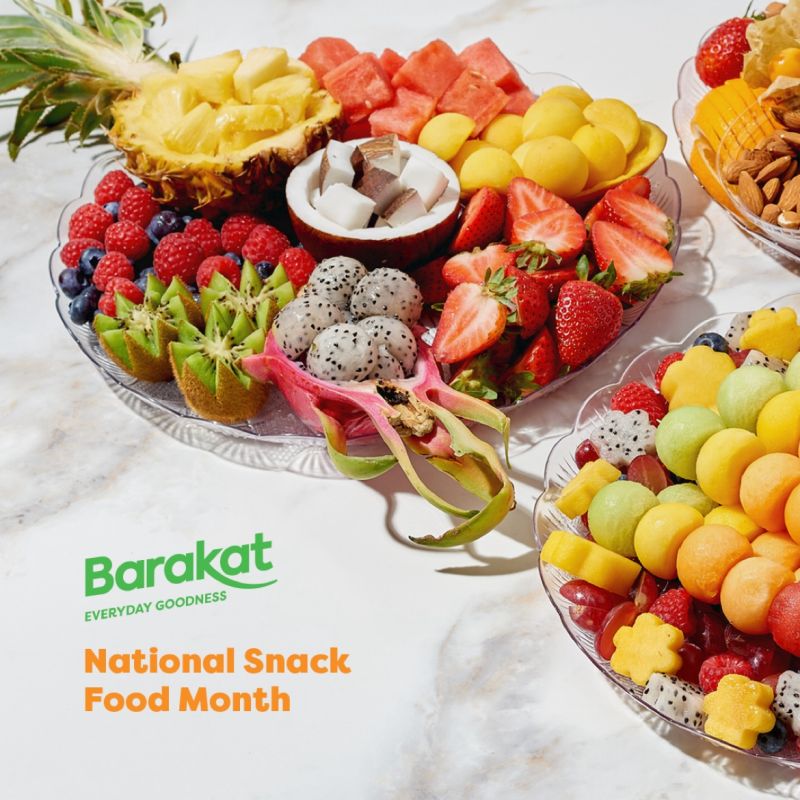In this age where comfort rules the world, online grocery shopping has developed as a helpful alternative to conventional store visits. Still, behind the defenses and virtual wagons, there is an intriguing angle of a consumer’s psychology driving coping choices. Let’s dive into the complications of why and how shoppers behave when shopping for food or groceries online.

Comfort: The Driving Constrain
Comfort is the essential spark behind the swell in online food or grocery shopping. With a few clicks, buyers can browse, select, and buy groceries from the comfort of their homes. The comfort part eliminates the need to explore crowded paths, stand in long checkout lines, or carry heavy bags — online grocery shopping is a great choice for time-strapped people looking for productivity in their busy lives.
Visual Appeal: The Control of Imagery
Visual stimulants play a vital part in online food or grocery shopping. High-quality filmland showing a fresh yield of lemon grass, succulent reflections, and mouthwatering snacks can fascinate guests and excite their Jones. Instigative imagery not only attracts guests but assures them of product quality.
One Size Doesn’t Fit All: The Importance of Personalization
Personalization is crucial to cultivate consumer engagement and loyalty in the digital world. Online food or grocery providers and platforms use data analytics and computations to display suggestions based on one deal, browsing history, and preferences. By curating customized shopping experiences, retailers can anticipate paperback requirements, streamline decision-making forms, and stay up-to-date with large stocks.
Social Verification: The impact of reviews and recommendations
Social evidence — similar to customer reviews, appraisals, and witnesses exerts an impact on paperback. Before making a purchase, multiple guests look for reviews from people who have immediate experience with the product. Positive reviews and recommendations can instill confidence in shoppers, provide answers to their questions, and drive growth. Alternatively, negative reviews can discourage implicit buyers and discolor a brand’s image.
Convenience Vs. Control: Balancing autonomy
Whereas comfort is vital in online food or grocery shopping, buyers also regard a sense of control over their shopping choices. The user-friendly interfacing, spontaneous route and adaptable customization enable customers to browse, compare, and select particulars at their own pace. In any case, striking an adjustment between comfort and control is vital, as intemperate choice weariness can overpower or over-burden buyers and hamper decision-making.
Increased loyalty: Increased sales
Trust is the foundation of fruitful online food or grocery shopping hassles, especially for tomato and other vegetable shopping. Straightforward estimation, exact item descriptions, smart grocery choices, and reliable delivery options are introductory factors that contribute to client belief and certainty. Establishing clear communication channels and responsive customer feedback helps fortify a brand’s commitment to convenience and customer fulfillment.
Unveiling the influence: Social media’s impact on consumerism
In our advanced age, social media platforms can also impact grocery shopping. From online offers to viral recipe videos, social media serves as vehicles for provocation, exposure, and peer-to-peer suggestions. Online food or grocery retailers can take control of social media to engage with audiences, showcase details, and cultivate online communities centered around shared culinary interests. By facilitating authentic conversations and leveraging user-generated content, retailers can strengthen their brand presence and influence consumer purchasing decisions in a crowded digital landscape.
Hidden ways our minds affect choices
Our minds are influenced by things like sticking to initial impressions, seeking confirmation, and feeling a sense of scarcity. Online food or grocery stores can use these influences to shape how customers see, want, and buy things. For example, setting prices a certain way can change how valuable something seems, and making something seem rare can make people feel like they need to buy it quickly. By understanding these basic mental tendencies, stores can make better ads, put products in better spots, and set prices in a way that gets more sales online.
Encouraging eco-friendly choices
Consumers are increasingly aware of environmental issues, leading to increased demand for sustainable and eco-friendly food and grocery options. Online food delivery services, whether for bottle gourd or other vegetables, can support this trend by promoting natural, locally sourced, and responsibly delivered products. They can also highlight eco-friendly packaging solutions and carbon-neutral delivery options.
Conclusion
In today’s digital age, grasping customer psychology research is crucial for online food or grocery retailers aiming to succeed in a competitive market. By catering to consumer’s desires for convenience, customization, and social validation – whether it’s purchasing cranberry juice or mangoes – retailers can address shopping concerns that resonate with their target audience. By leveraging insight into customer preferences, online food retailers can build lasting relationships with customers and drive growth in the dynamic world of commerce.